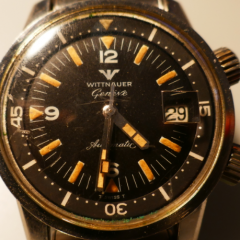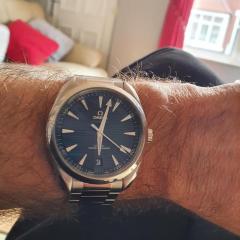-
Recently Browsing
- No registered users viewing this page.
-
Topics
-
Posts
-
By watchweasol · Posted
Hello and welcome to the forum. Te attached file my help you repair a few. TZIllustratedGlossary.pdf -
Thank you for your introduction and welcome to this friendly forum. We all look forward to your contributions and continued involvement.
-
By RichardHarris123 · Posted
Hello and welcome from Leeds, England. We can definitely help. -
Hey everyone. I am Estel from Denmark. I love watches and for some reason i keep breaking them. I would like to try and fix everything i broke 🙂 i hope this community can help me learn. Thank you 🙂
-





Recommended Posts
Join the conversation
You can post now and register later. If you have an account, sign in now to post with your account.
Note: Your post will require moderator approval before it will be visible.